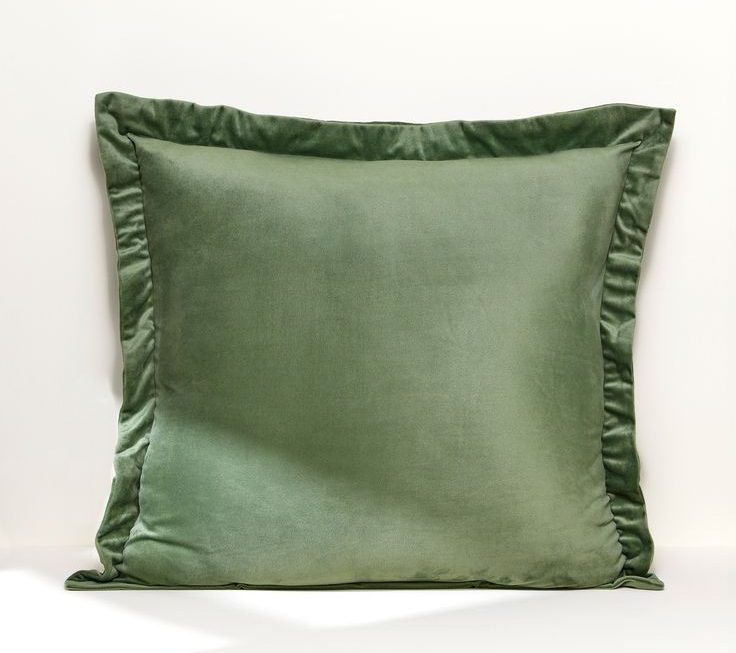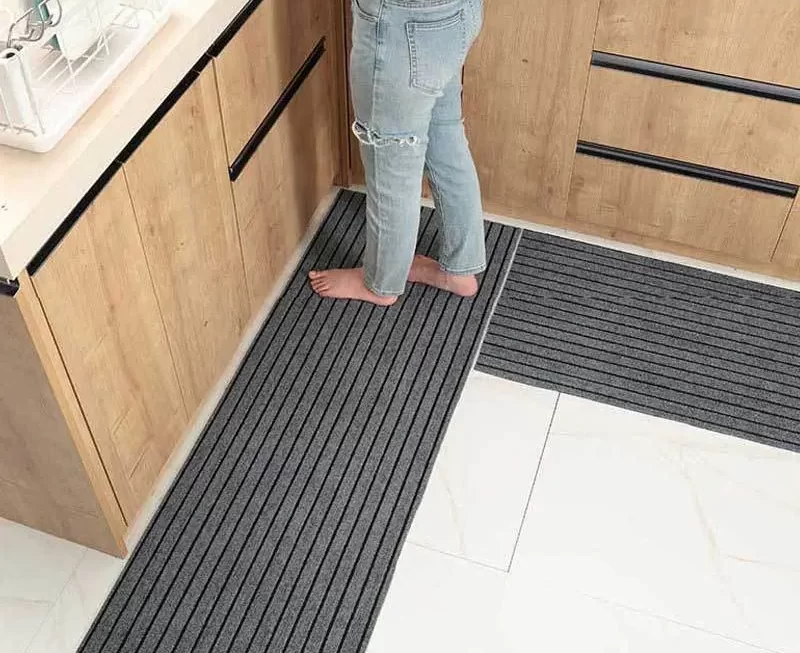Kitchen design has come a long way from the days when all countertops were made of the same material. Nowadays, homeowners and designers are embracing the art of mixing countertop materials to create unique and visually stunning spaces. This trend has gained popularity due to its ability to add depth, texture, and character to kitchen designs. In this essay, we will explore the various ways in which different countertop materials can be mixed to create a harmonious and stylish kitchen design.

One of the most common ways to mix countertop materials is by using a different material for the island than the rest of the countertops. This can create a focal point and add visual interest to the space. For example, a kitchen with white marble countertops can be paired with a dark butcher block island. This contrast not only adds depth and dimension but also creates an elegant and luxurious look. Similarly, a kitchen with quartz countertops can be paired with a concrete island for a modern and industrial aesthetic.
Another way to mix countertop materials is by using different materials for the perimeter countertops and the backsplash. This creates a seamless flow between the two areas and adds visual interest. For instance, a kitchen with granite countertops can be paired with a subway tile backsplash. This combination creates a classic and timeless look while adding texture and depth to the space. Similarly, a kitchen with quartz countertops can be paired with a stainless steel backsplash for a sleek and contemporary design.
In addition to mixing materials for the island and backsplash, countertops can also be mixed within the same space. This can be done by using different materials for the main countertops and the countertop on the kitchen island. For example, a kitchen with granite countertops can have a marble countertop on the island. This creates a focal point in the space and adds a touch of elegance and sophistication. Similarly, a kitchen with quartz countertops can have a wood countertop on the island for a warm and inviting feel.
Furthermore, countertops can also be mixed by using different materials for the upper and lower cabinets. This creates a visually interesting and dynamic look. For instance, a kitchen with white upper cabinets and black lower cabinets can have white marble countertops on the upper cabinets and black granite countertops on the lower cabinets. This combination not only adds contrast and depth but also creates a modern and sophisticated design. Similarly, a kitchen with gray upper cabinets and navy blue lower cabinets can have a quartz countertop on the upper cabinets and a butcher block countertop on the lower cabinets for a rustic and eclectic feel.
The art of mixing countertop materials in kitchen design is not only limited to contrasting materials but can also include complementary materials. For example, a kitchen with white marble countertops can be paired with white subway tile backsplash. This creates a cohesive and harmonious look while adding texture and depth to the space. Similarly, a kitchen with quartz countertops can be paired with a quartz backsplash in a different color or pattern. This creates a seamless and unified design while allowing for customization and personalization.
In conclusion, the art of mixing countertop materials in kitchen design has become a popular trend due to its ability to add depth, texture, and character to the space. Whether it is by using different materials for the island, the backsplash, or within the same space, mixing countertop materials allows homeowners and designers to create unique and visually stunning kitchen designs. From contrasting materials to complementary ones, the possibilities are endless. So, embrace your creativity and experiment with different countertop materials to create your own masterpiece in the heart of your home.

